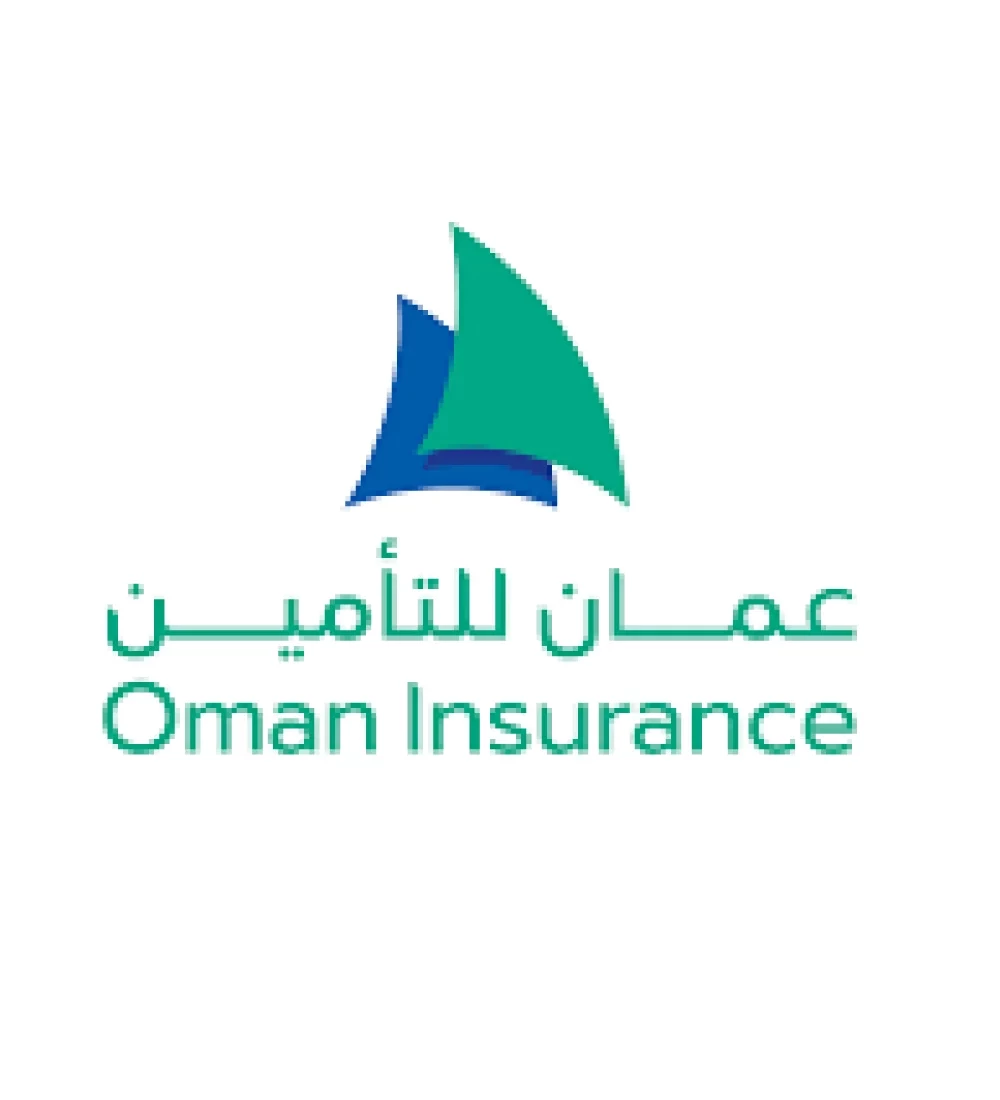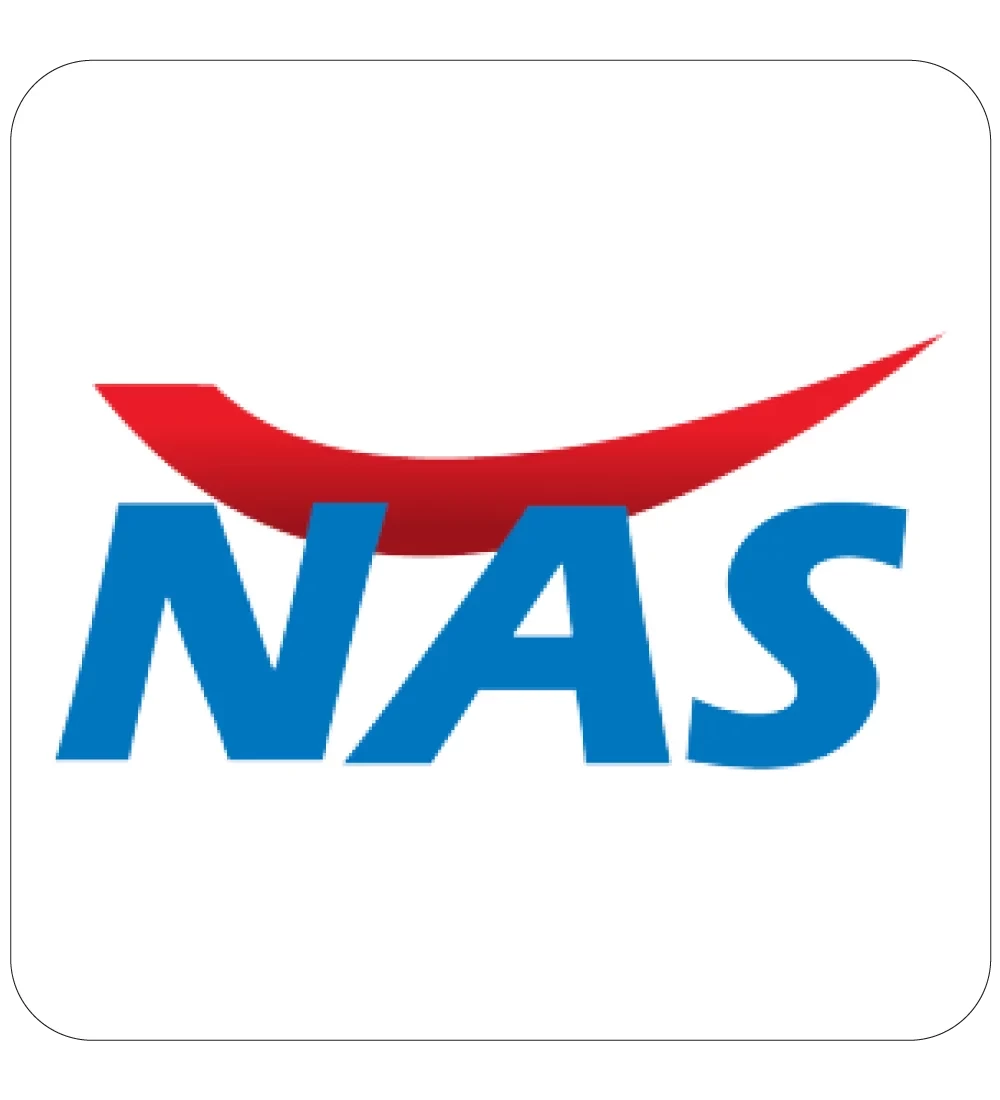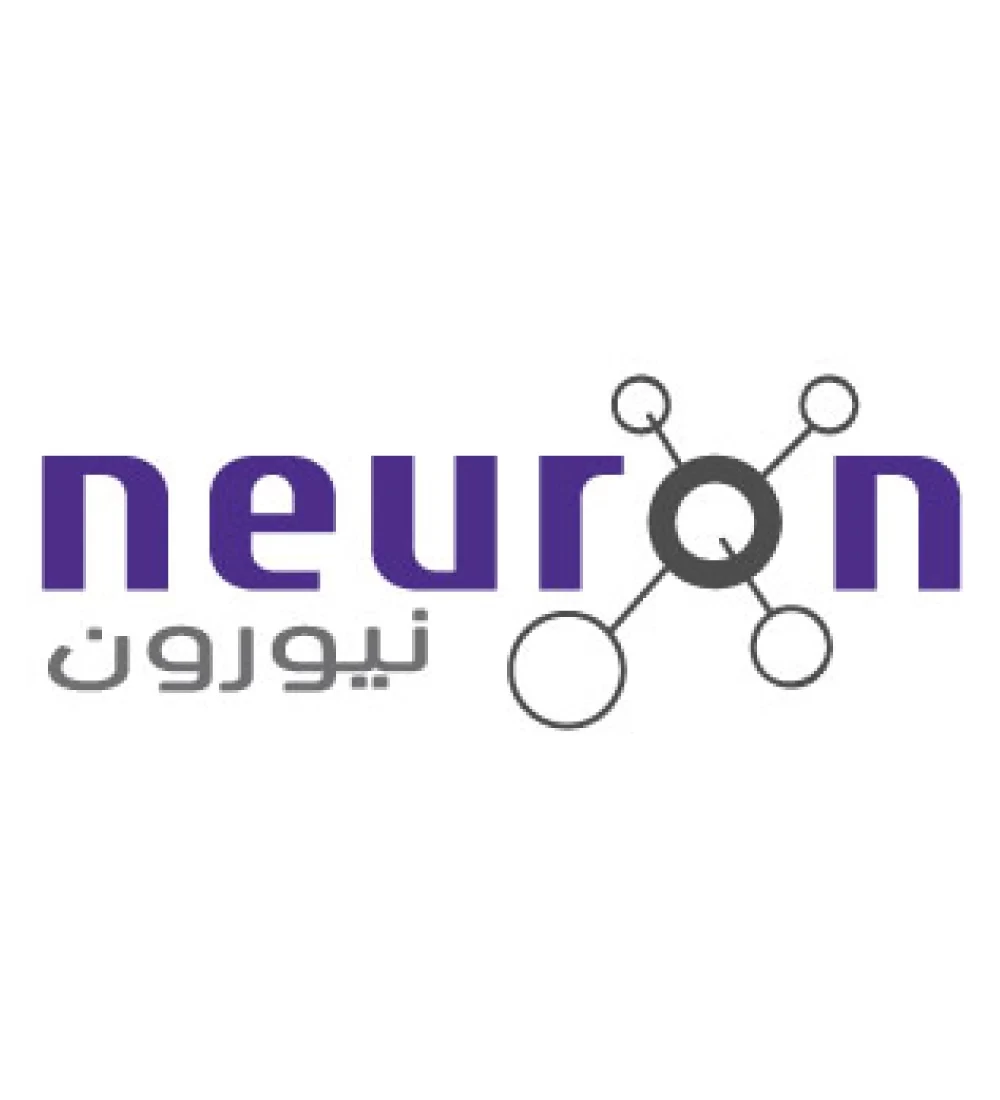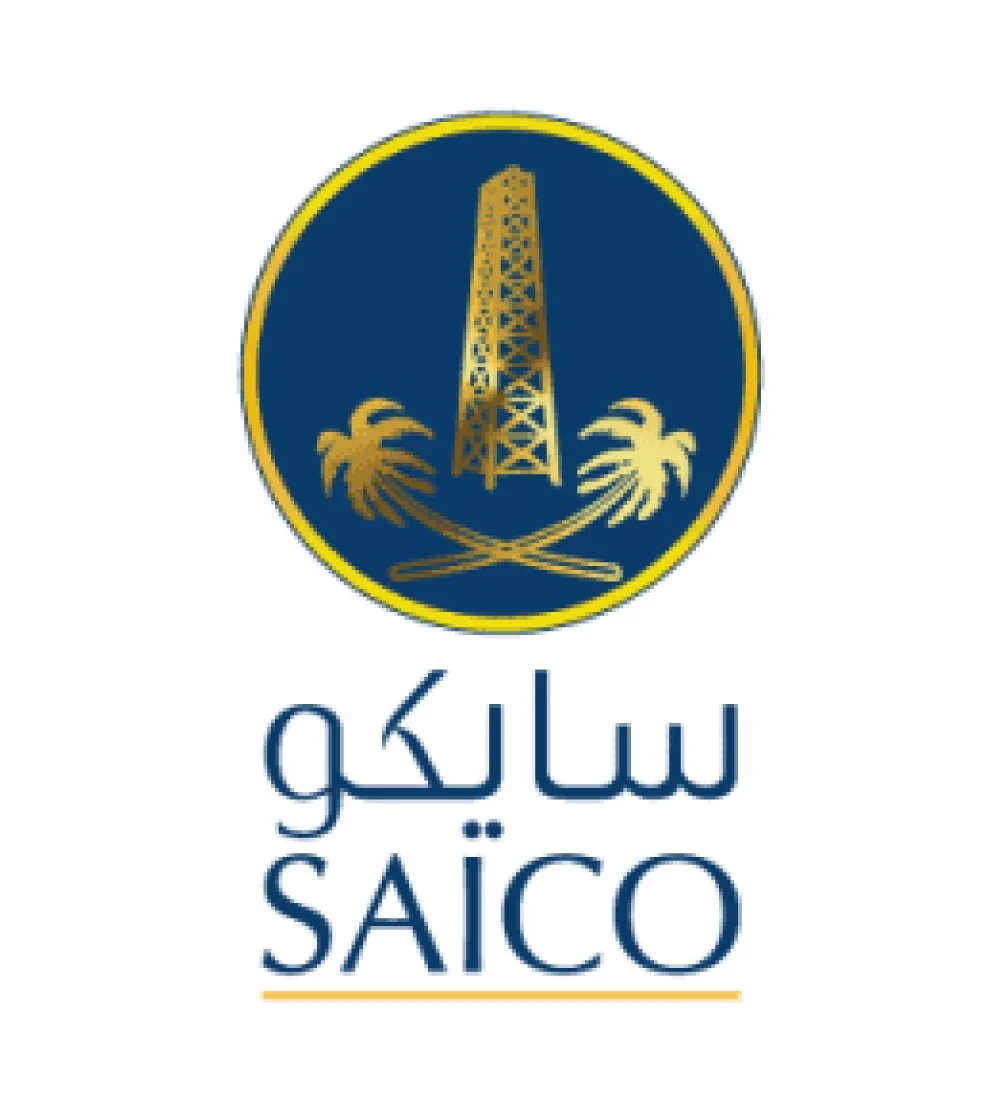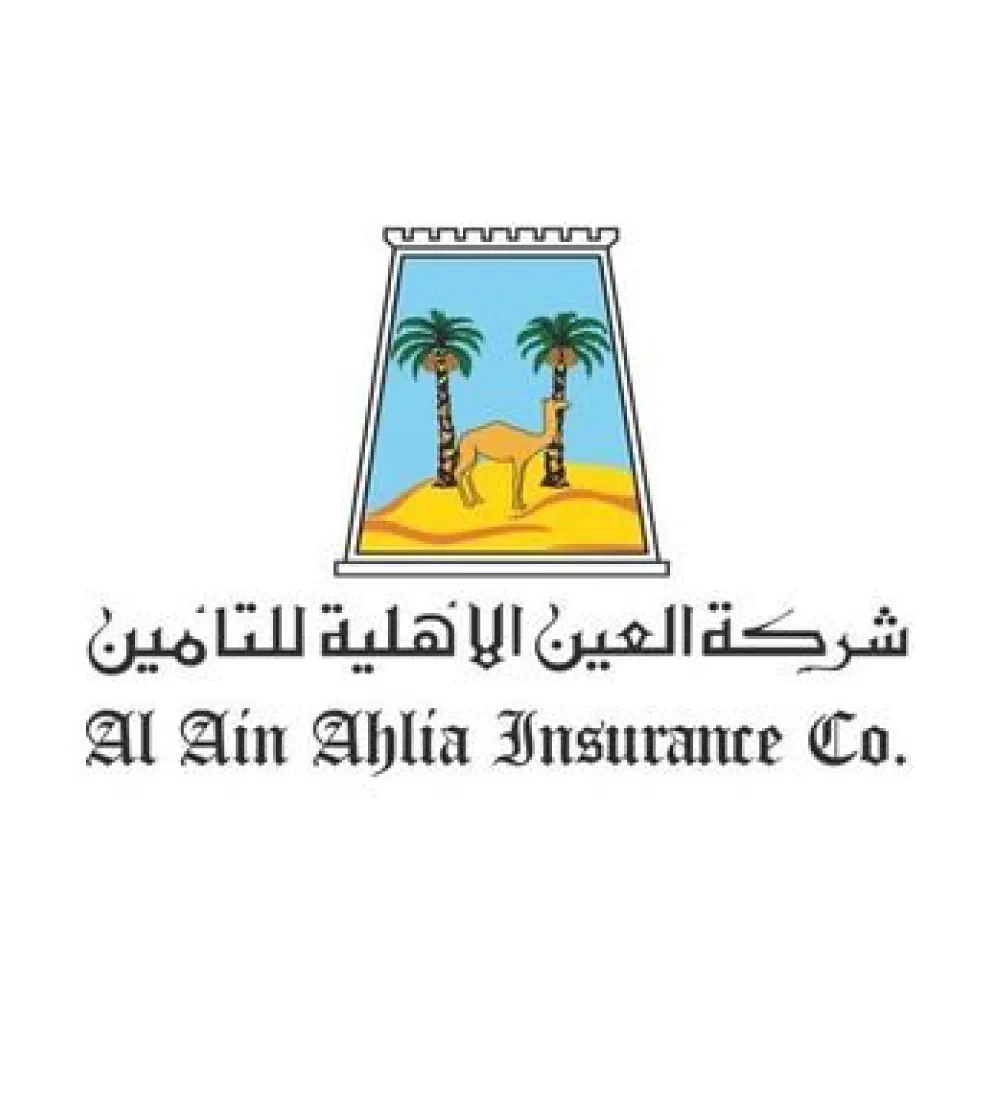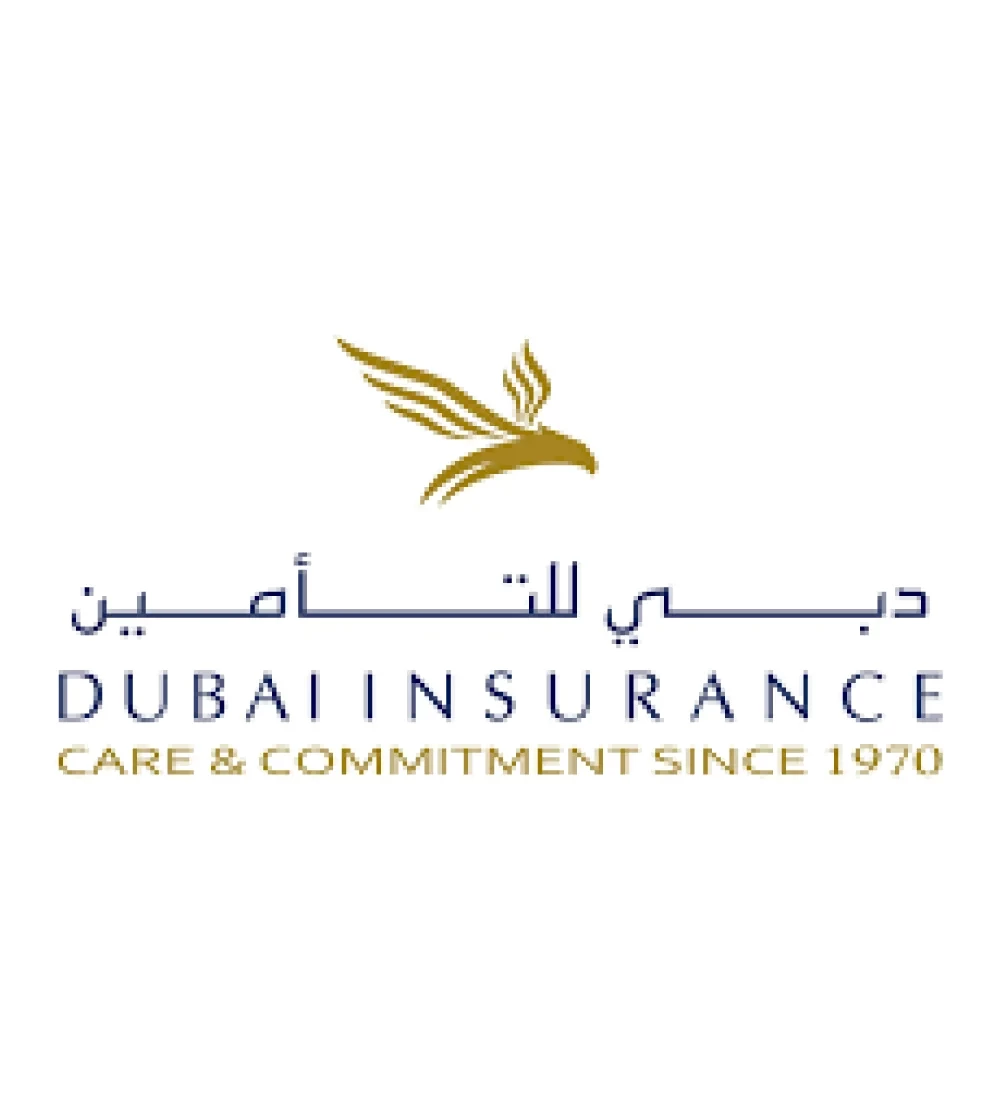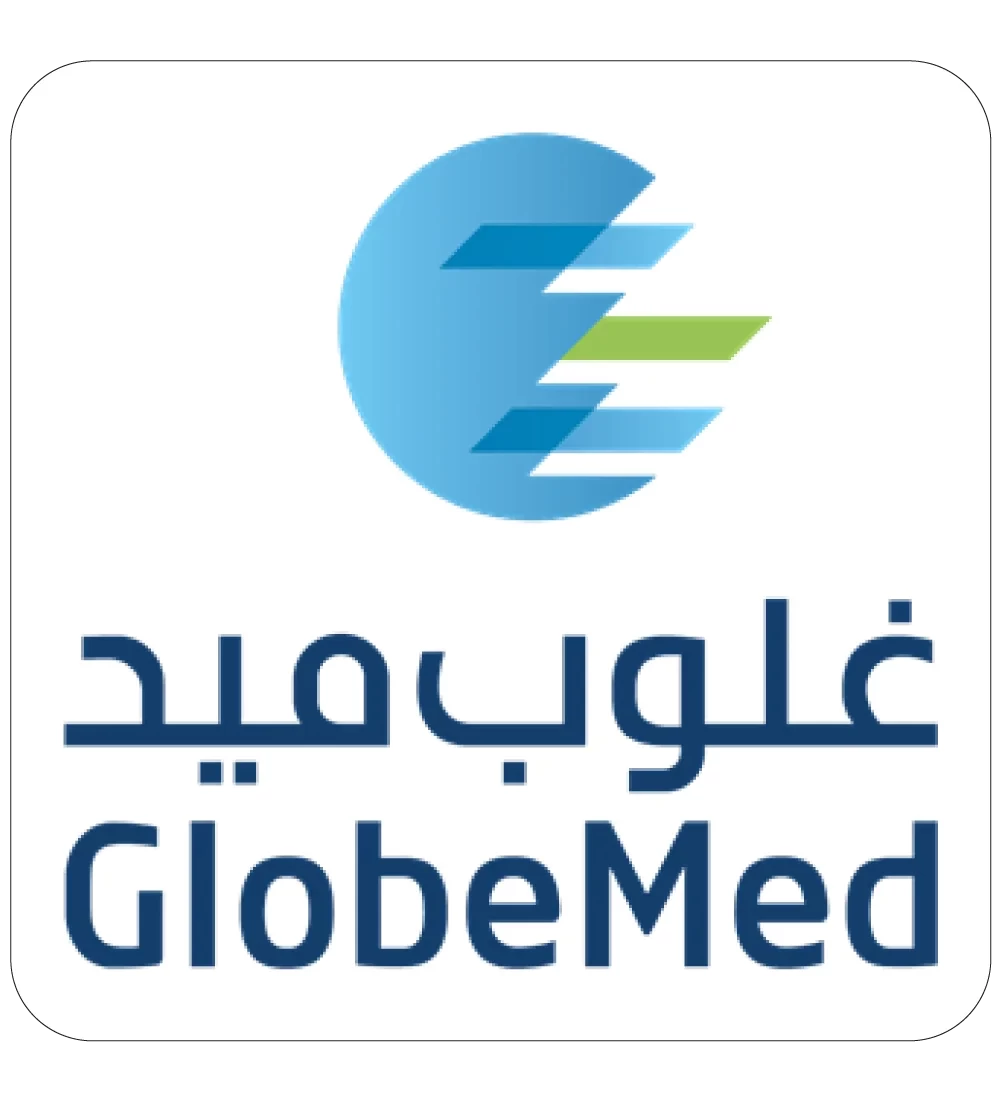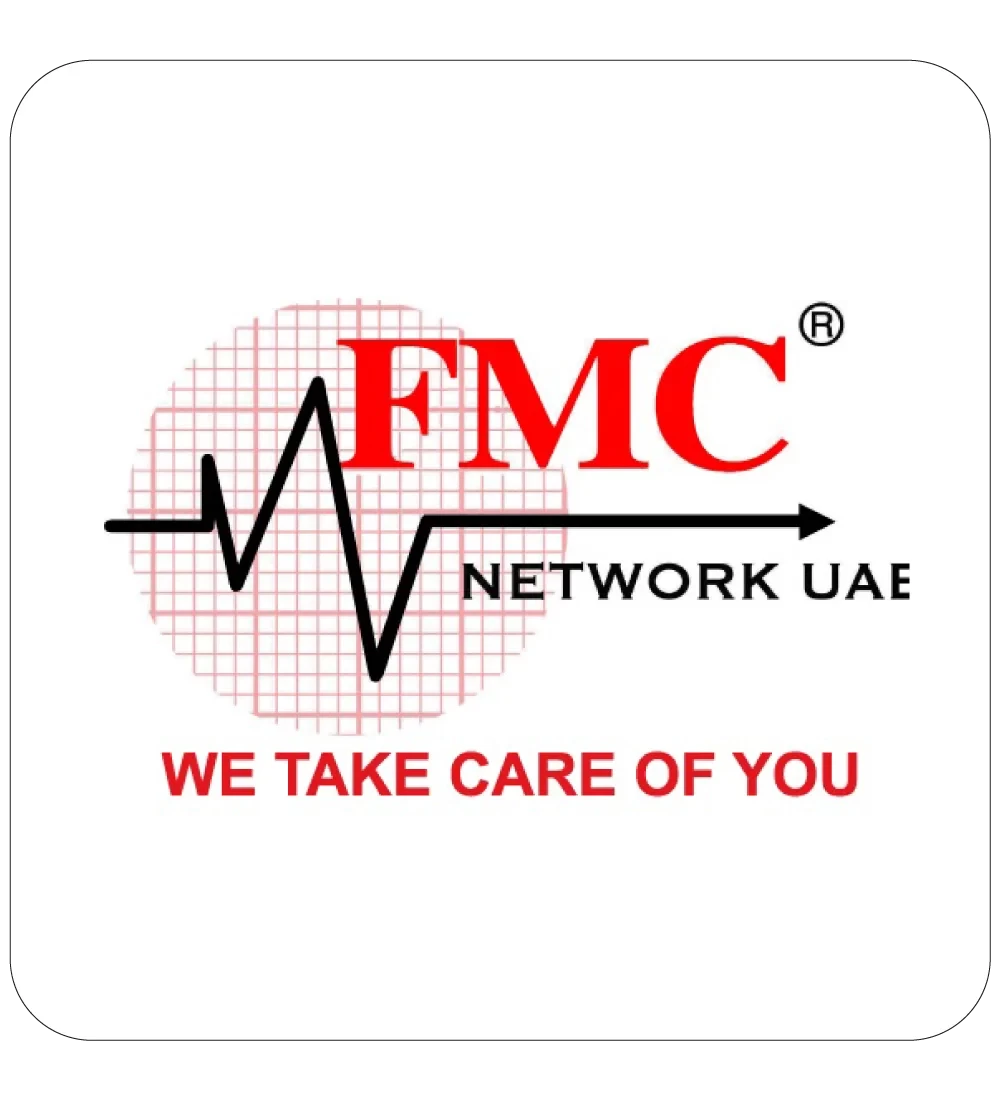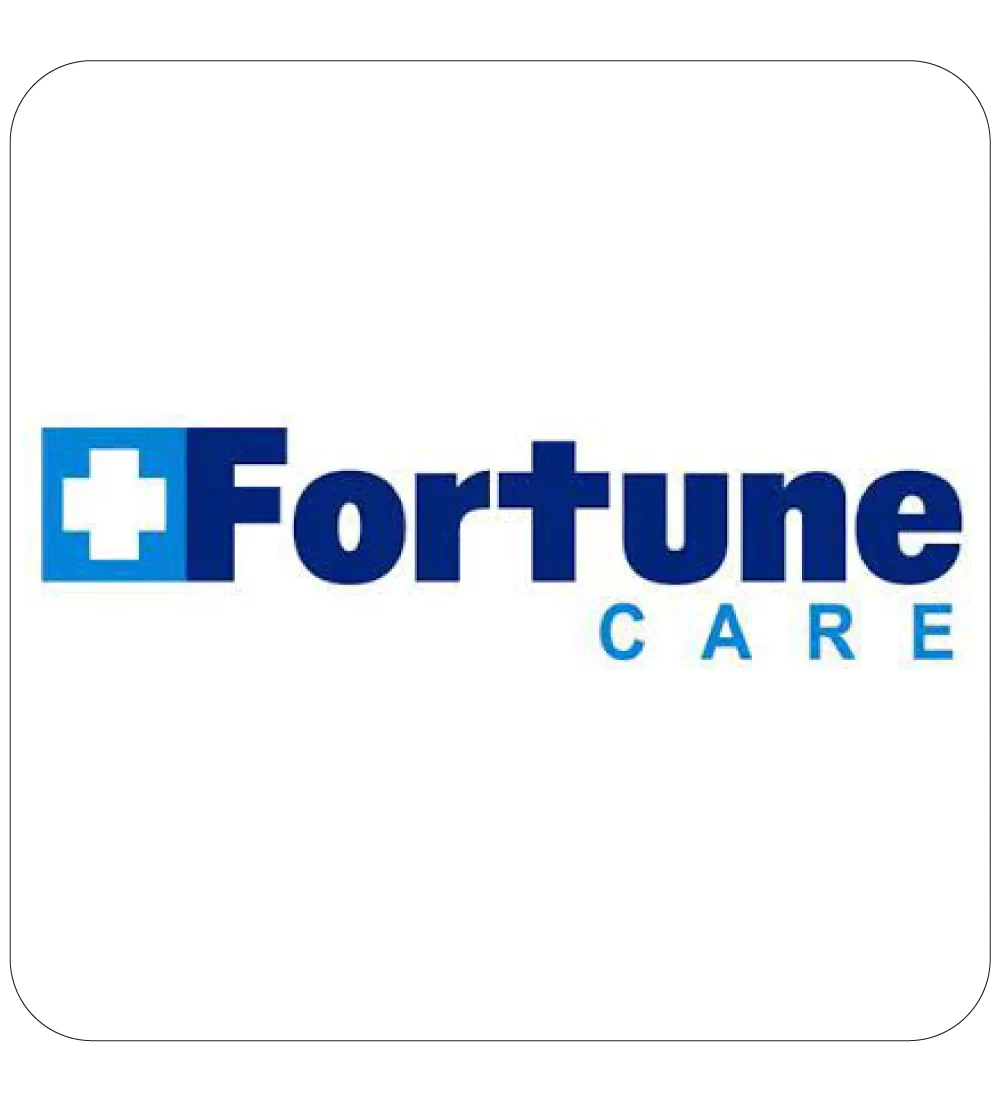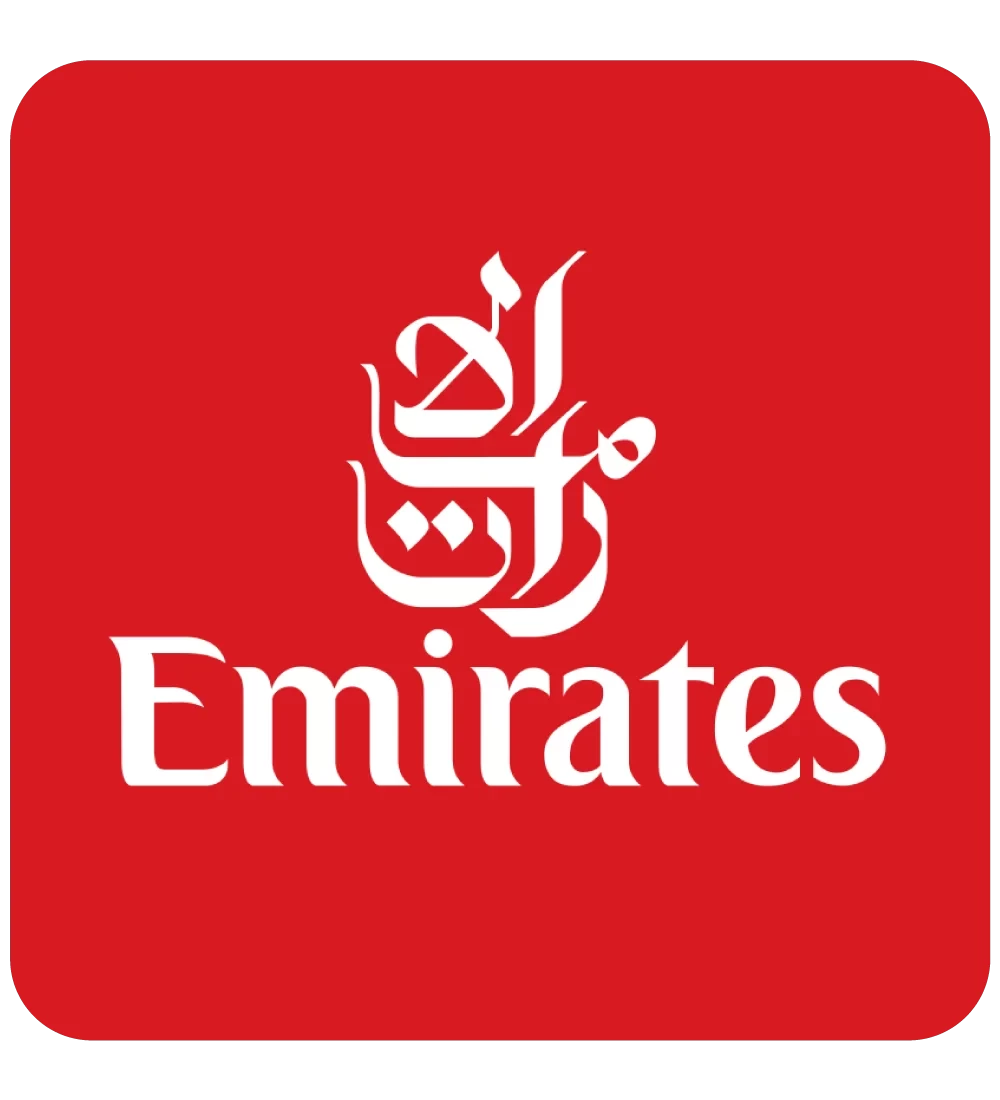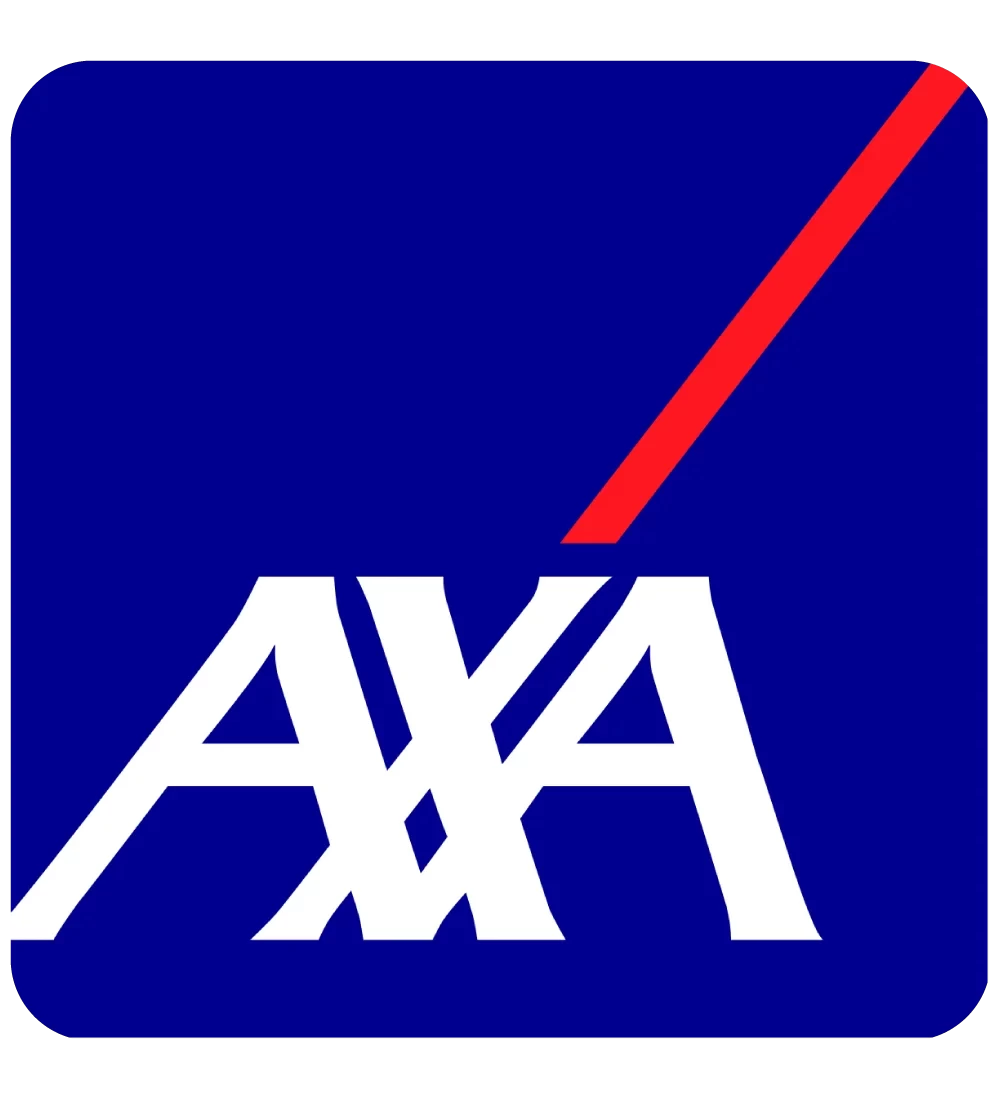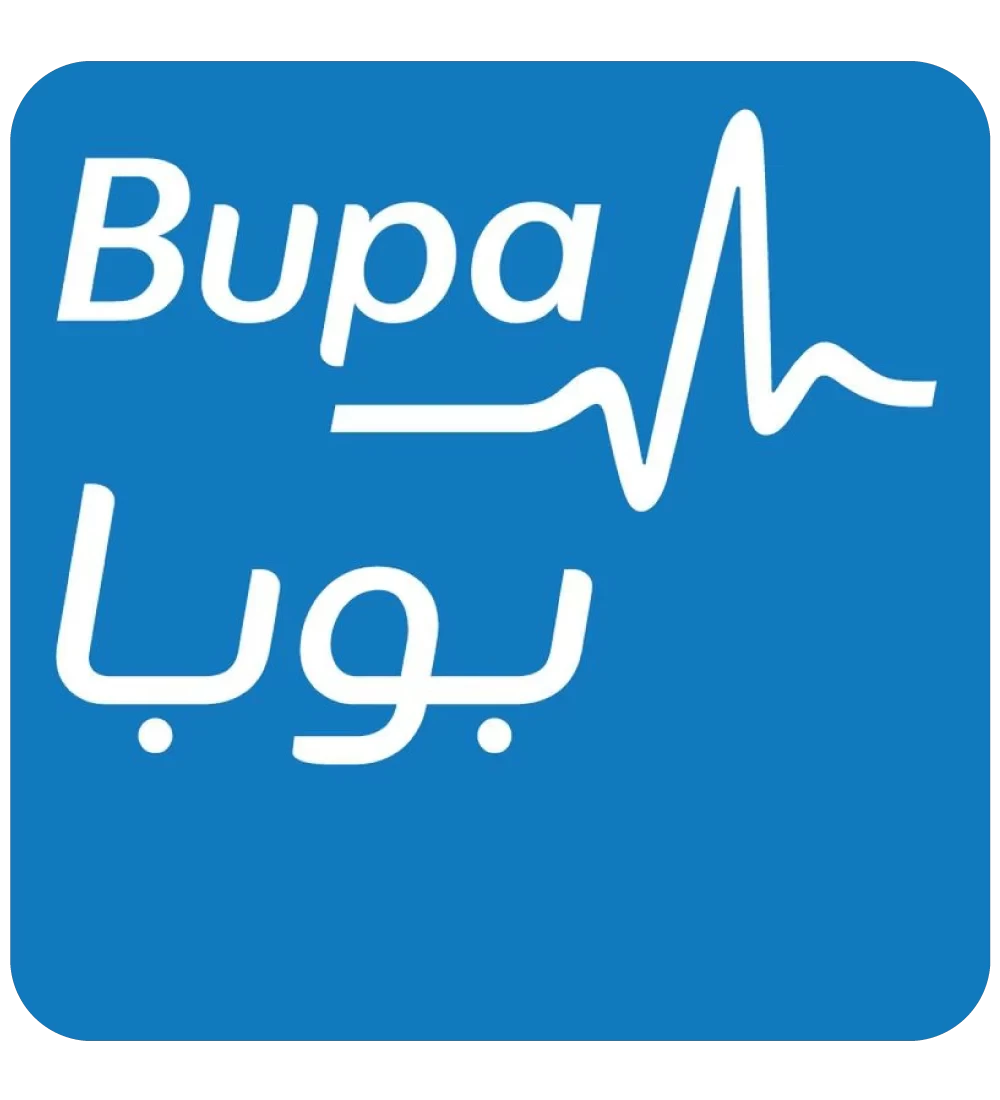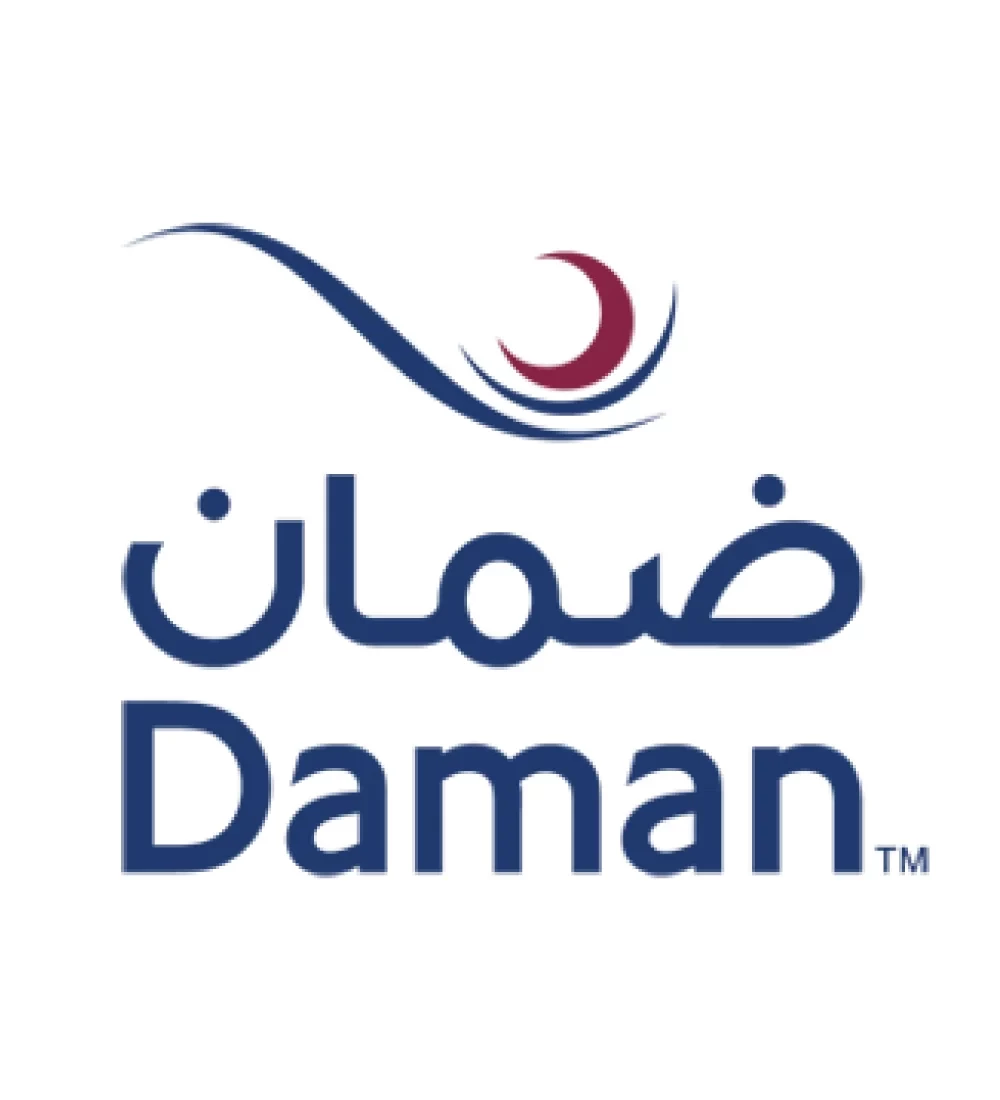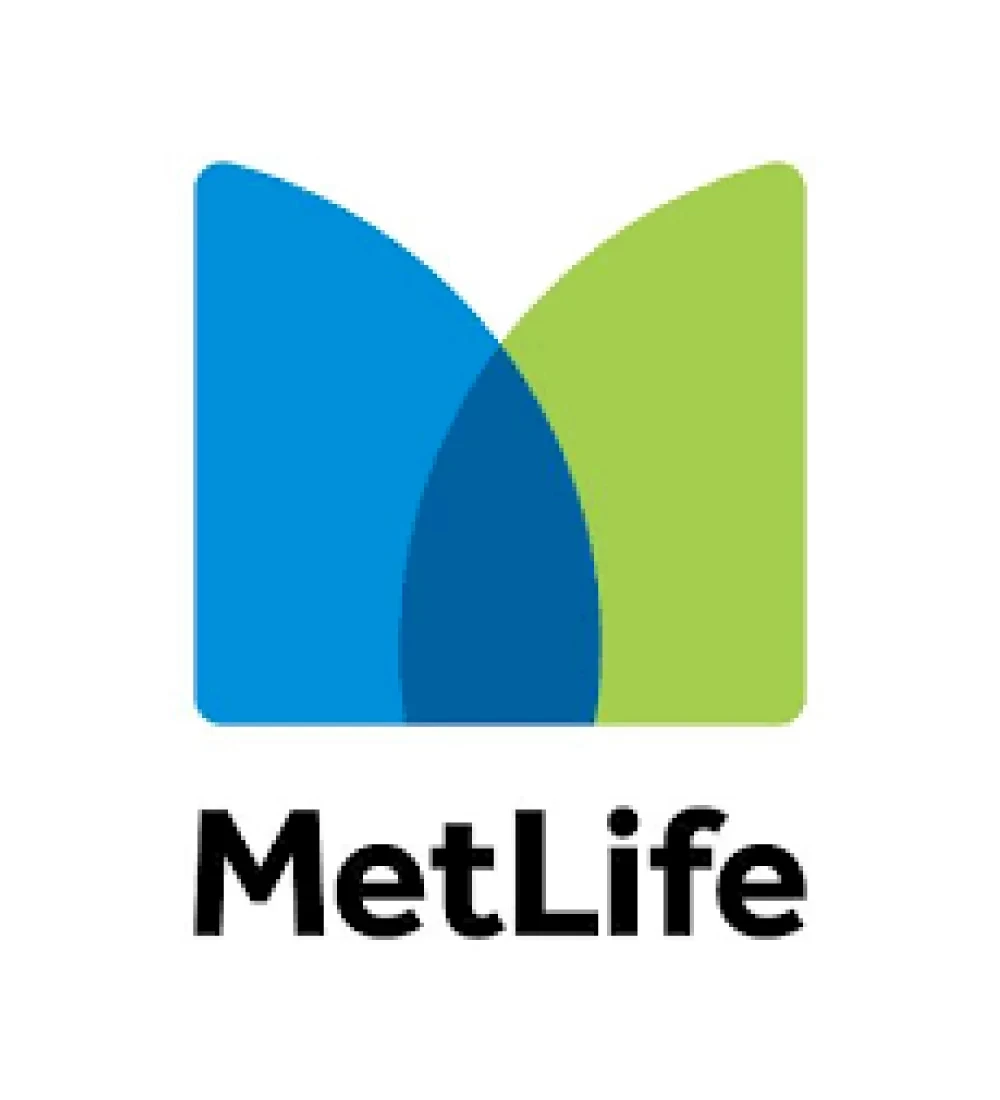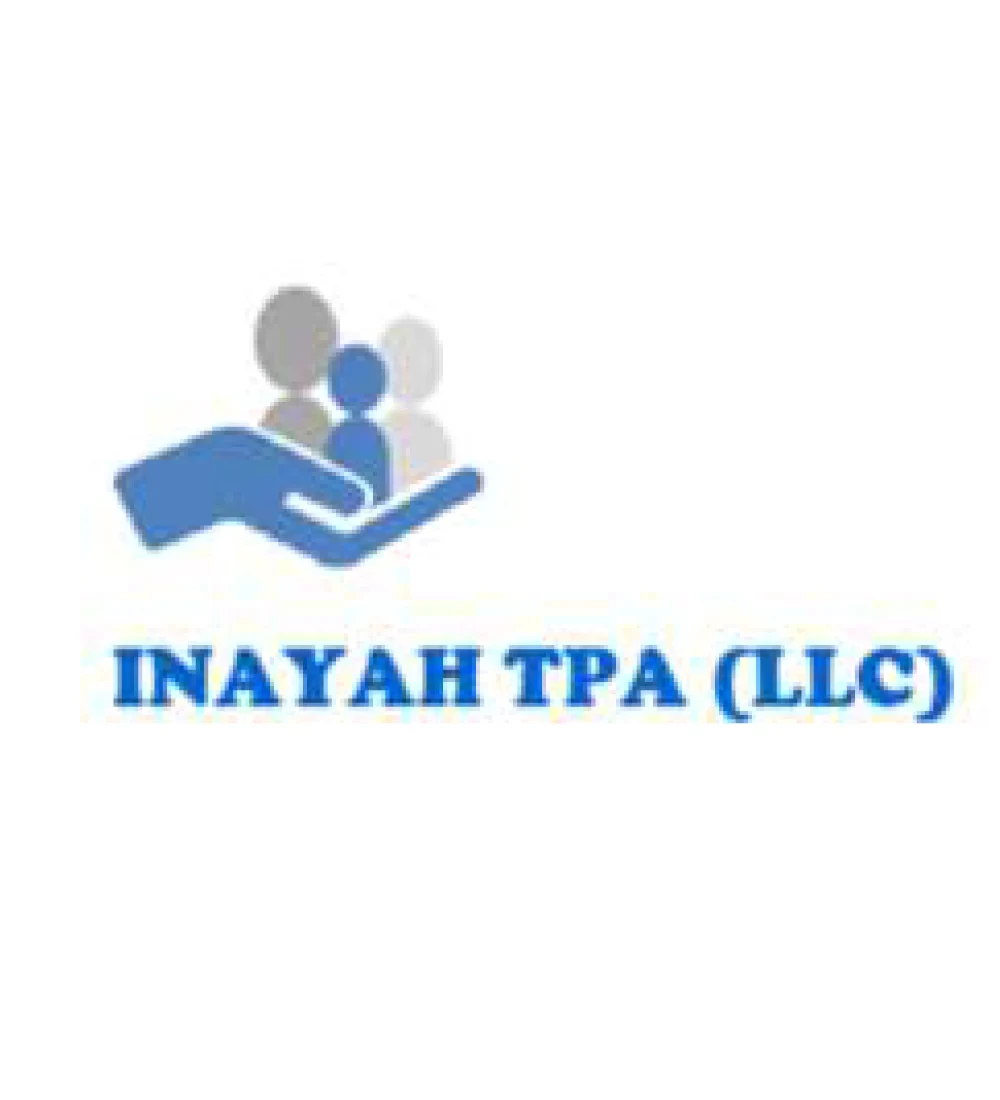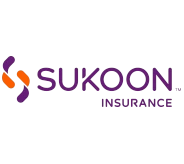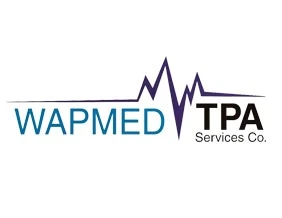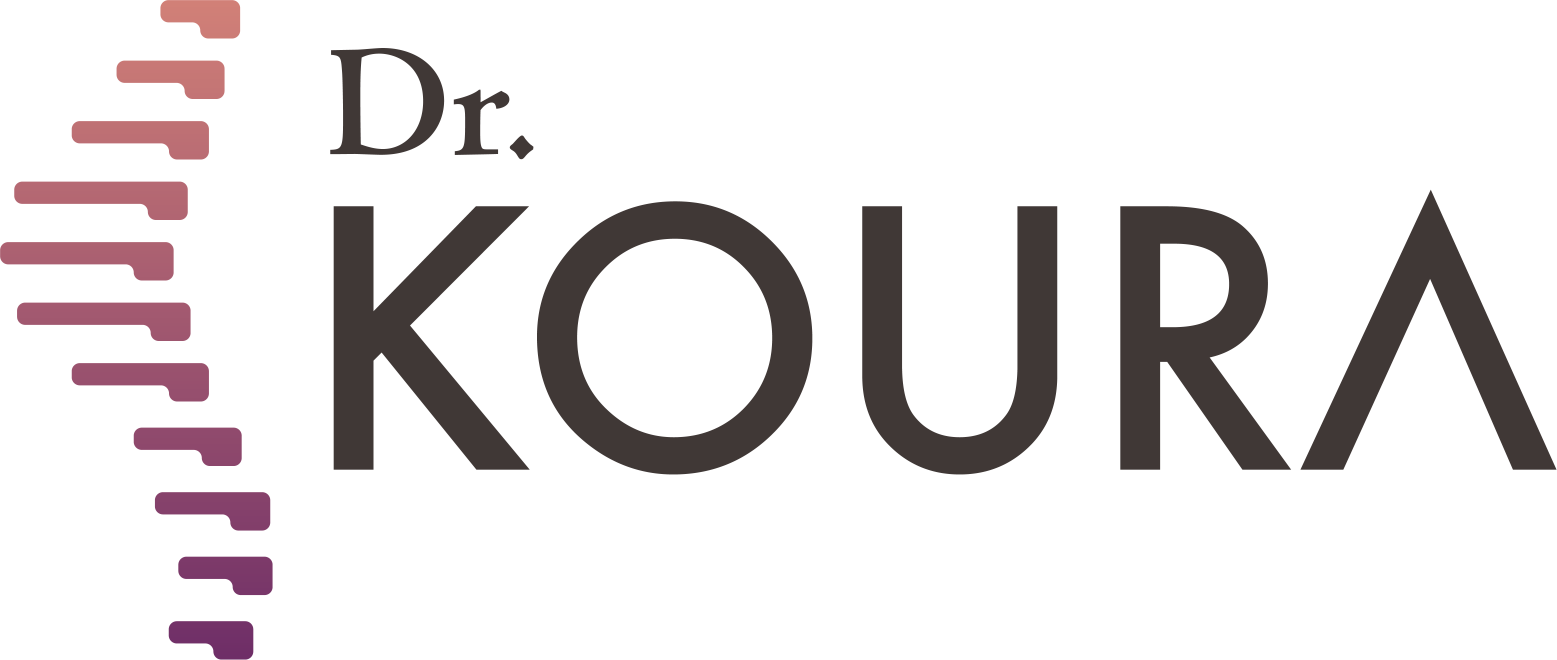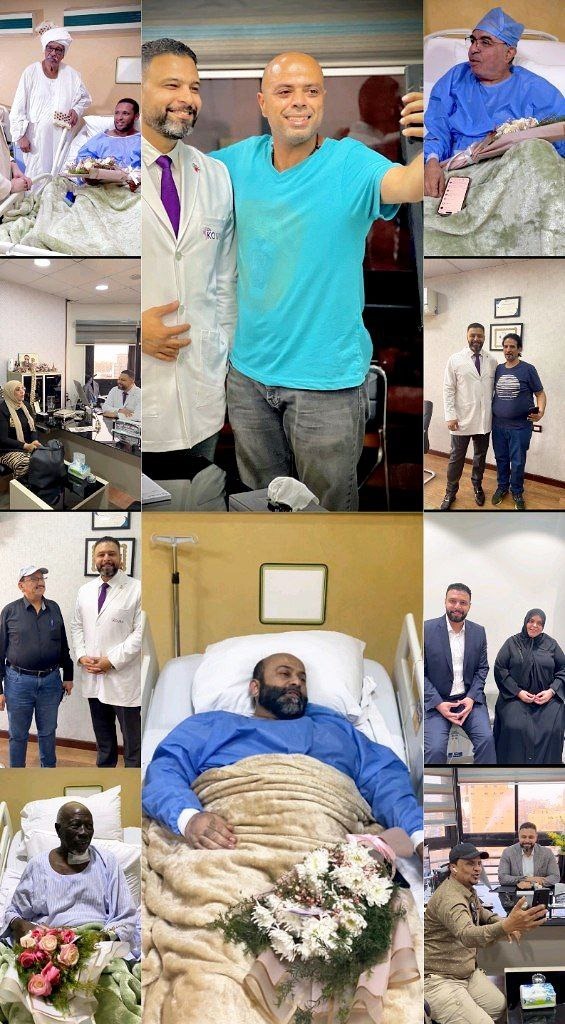
To see patients' reviews
Click hereTreatment of Herniated Disc Between the Fourth and Fifth Lumbar Vertebrae


What is a Herniated Disc Between the Fourth and Fifth Lumbar Vertebrae?
A herniated disc occurs when the disc between the fourth and fifth lumbar vertebrae (L4-L5) slips or ruptures, causing the inner gel-like substance to protrude and press on the surrounding nerves. This type of herniation is one of the most common spinal conditions, as this area bears a significant amount of pressure and movement.
What Are the Causes of a Herniated Disc Between L4 and L5?
Several factors can lead to a herniated disc in this region, including:
• Aging: Causes the discs to weaken and lose their flexibility.
• Lifting Heavy Objects: Especially with improper techniques, increasing pressure on the lumbar vertebrae.
• Prolonged Sitting: Particularly with poor posture, placing stress on the lower back.
• Sudden Movements: Twisting or bending incorrectly.
• Obesity: Extra body weight increases strain on the spine.
• Weak Core and Back Muscles: Reduces support for the vertebrae.
Symptoms of a Herniated Disc Between L4 and L5
• Lower Back Pain: Can be sharp or persistent.
• Pain Radiating to the Leg (Sciatica): Pain extends from the lower back to the hip, thigh, and down to the foot.
• Numbness or Tingling: In the leg or foot.
• Muscle Weakness: Especially in the leg or foot muscles.
• Difficulty Moving: Challenges in walking or standing for long periods.
Non-Surgical Treatment of Herniated Disc Between L4 and L5
In most cases, a herniated disc can be treated without surgery through the following approaches:
1. Temporary Rest:
• Avoid activities that worsen the pain.
• Refrain from prolonged bed rest; light movement is encouraged to prevent muscle stiffness.
2. Medications:
• Pain Relievers: Such as paracetamol or nonsteroidal anti-inflammatory drugs (NSAIDs) like ibuprofen.
• Muscle Relaxants: To relieve muscle spasms.
• Corticosteroid Medications: To reduce inflammation in some cases.
3. Physical Therapy:
• Exercises to strengthen core and back muscles.
• Hot or cold therapy sessions.
• Therapeutic massage.
• Stretching exercises.
4. Non surgical procedures
• Corticosteroid injections ,radiofrequency and laser nucleoplasty
When Is Surgery Necessary for Treating a Herniated Disc?
Although most cases improve with conservative treatment, surgery may be necessary in certain situations, such as:
• Persistent severe pain despite medication and physical therapy for over six weeks.
• Significant muscle weakness in the leg or foot.
• Loss of bladder or bowel control (Cauda Equina Syndrome).
• Severe nerve compression affecting movement or sensation.
Tips to Prevent a Herniated Disc Between L4 and L5
• Maintain a Healthy Weight: Reducing stress on the spine.
• Regular Exercise: Focus on strengthening core and back muscles.
• Avoid Lifting Heavy Objects: If necessary, use proper lifting techniques by bending the knees.
• Improve Sitting Posture: Sit with a straight back and proper lumbar support.
• Stay Active: Avoid prolonged sitting without movement.
• Use Proper Mattress and Pillow: Ensure spine support during sleep.
A herniated disc between L4 and L5 can often be managed and treated without surgery. Adhering to conservative treatment and following preventive advice significantly reduces symptoms and prevents recurrence. Surgical intervention remains a final option in severe or non-responsive cases
Dr. Mohamed Koura is here to assist you using the latest therapeutic techniques, including thermal radiofrequency and laser treatments for spinal pain without surgery—book your appointment now from here.
Why Choose Dr. Mohamed Koura ?
Simply because he is the best doctor in his feild. He stays updated on the latest treatment technologies through his participation in various international conferences with leading foreign doctors and experts. Finally, and most importantly, Dr. Mohamed Koura is the best doctor in Egypt and the Arab world, possessing 12 non-surgical techniques for treating spinal and joint problems. He was the first to introduce modern interventional treatment techniques in Egypt & the Middle East and is the only one using the disc fx technique to treat spinal pain.
To see patients' reviews
Click hereCertainly not, some cases must be treated surgically, and the most appropriate technique for the patient is determined through a medical examination and the presence of imaging studies.
No, it is necessary to make a reservation through a phone call or social media messages.
There are no risks or side effects associated with non-surgical pain interventions.
The patient needs only 3 to 4 days before they can travel comfortably, and the hospital stay does not exceed 6 to 8 hours.
A condition cannot be accurately assessed and a proper medical diagnosis made without a medical examination and recent imaging studies.
Yes, there are several payment methods available through Visa or electronic wallets by making a reservation on our website.
Certainly, obesity is one of the causes of knee osteoarthritis.
Radiofrequency activates the nerve and does not cause any damage to it.
Non-surgical interventions are a definitive treatment for some cases and pain relievers for other cases, which is determined by the doctor through a medical examination.
If the herniated disc is fully treated, there is a possibility of it reoccurring in some cases, such as not following the doctor's prescribed instructions after the intervention, experiencing an accident, or making a sudden wrong movement like lifting heavy objects.
The entire disc is not removed due to the presence of several risks and it may exacerbate the condition. Only the protruding part that causes pain is removed.
This cannot be done with radiofrequency, but it is performed through other techniques that Dr. Koura conducts.
The success or failure of non-surgical interventions cannot be judged through radiographic imaging because these procedures involve making subtle changes to critical parts to address the issue. Consequently, they do not produce significant changes to avoid potential complications in the future or damage to the spine and joints, which is our primary goal.
Spinal stenosis does not typically cause sciatica. In most cases, disc herniation is what may lead to sciatica. This does not necessarily mean that a patient with sciatica will also have spinal stenosis.
Sciatica may return if the patient does not adhere to the medical instructions provided by the doctor or in the event of an unexpected accident.
A life without pain without surgery
Once you book with Dr. Koura
Get rid of pain with just one call.. Book your appointment now with pain Management consultant Dr. Koura.
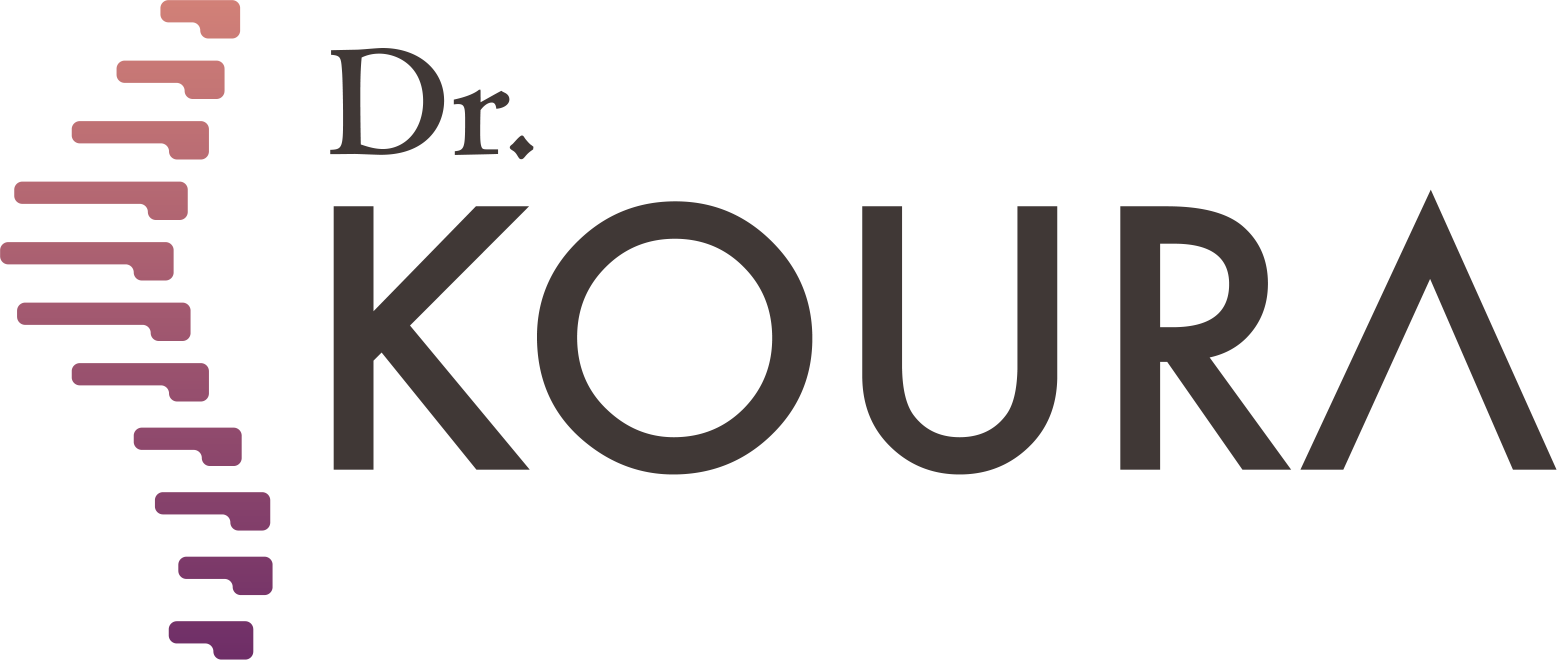





-webp.webp)

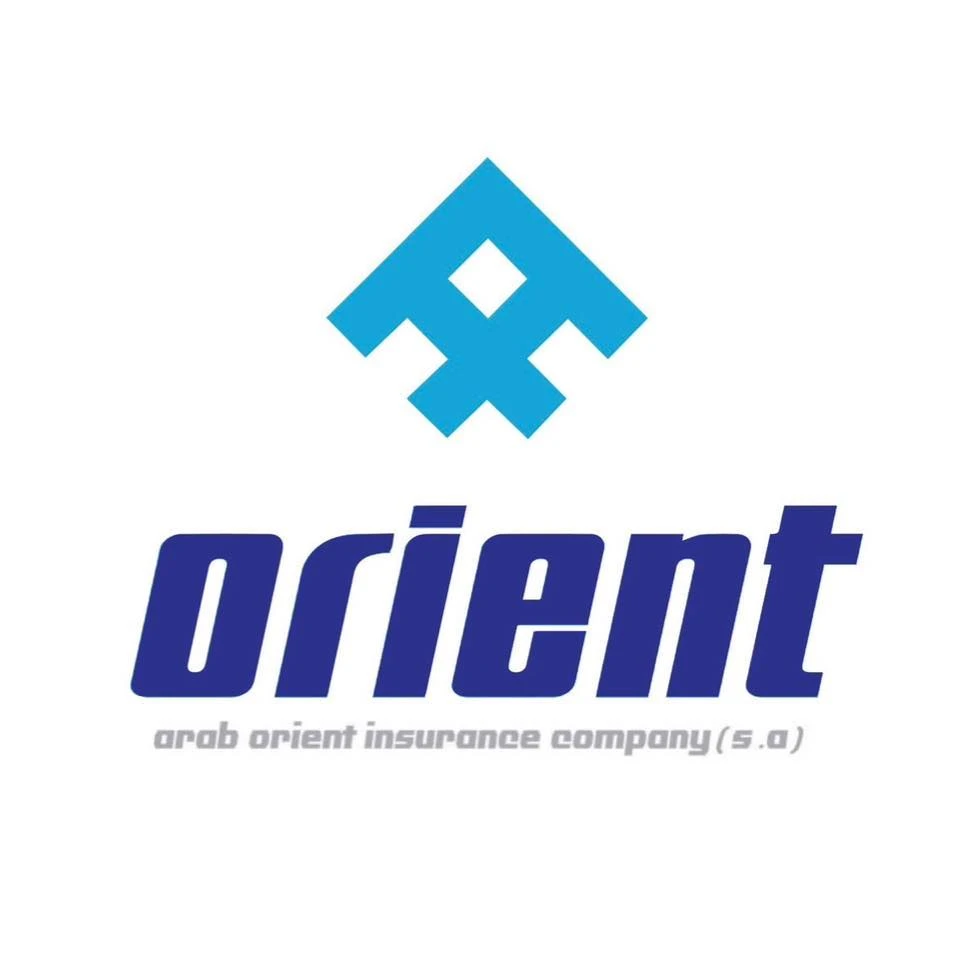


-webp.webp)


